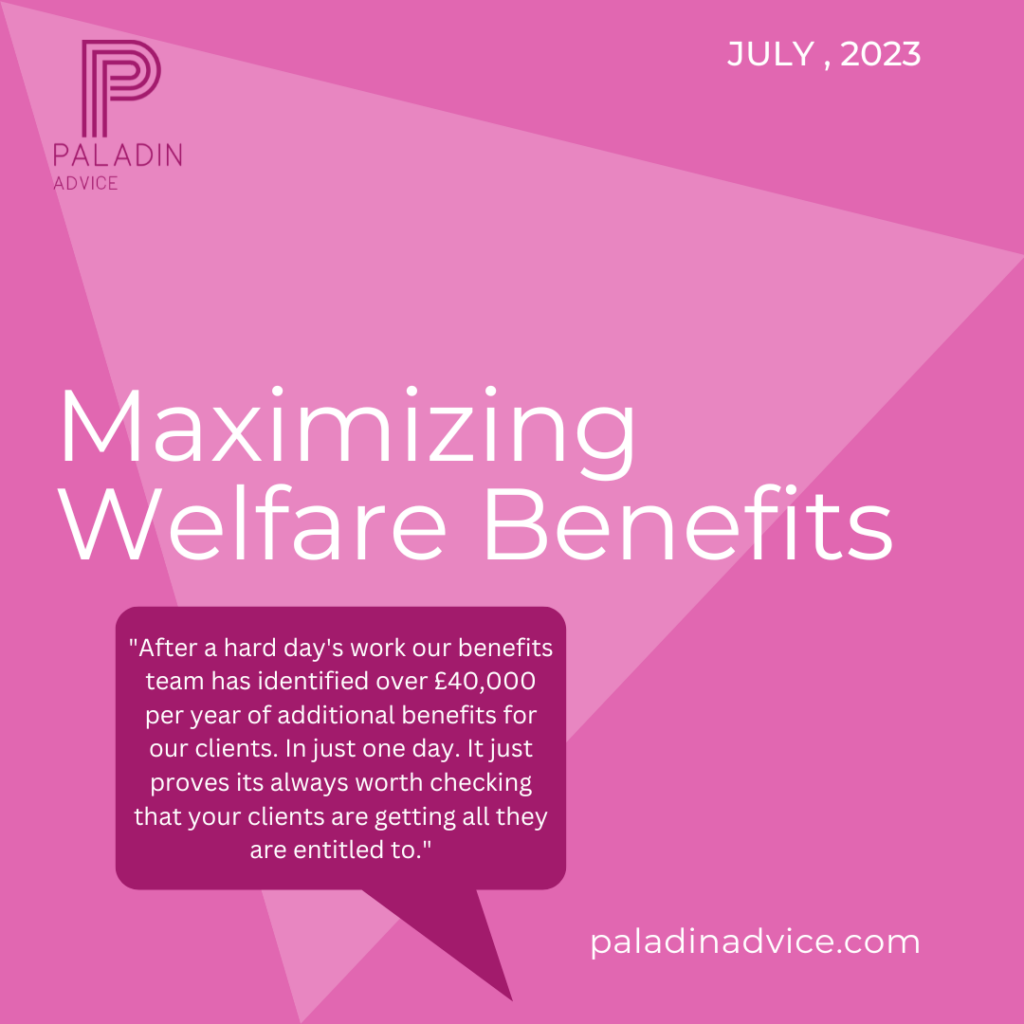The world of personal injury claims can be a maze, with numbers, rules, and strategies coming into play. At the heart of this labyrinth is the personal injury discount rate (PIDR)—a figure that profoundly influences the compensation awarded to claimants in England. The PIDR may seem like a dry, technical concept, but its effects on claimants’ futures are anything but. And when you throw in periodical payment orders (PPOs), things get even more interesting.
At Paladin Experts, we’ve spent over 15 years helping legal teams and claimants navigate these complexities, ensuring every award is structured to truly meet the claimant’s needs. So, let’s dive into what’s happening with the PIDR, its impact on claimants, and why PPOs deserve more attention.
What Is the PIDR, and Why Should You Care?
When a claimant is awarded a lump sum for personal injury, the aim is clear: to provide enough money to cover future costs like care, rehabilitation, and lost earnings. However, since claimants are expected to invest this money, the PIDR adjusts the lump sum based on the assumed rate of return from investments.
For years, the rate was based on the idea that claimants shouldn’t have to take any investment risk. This cautious approach evolved, and now there’s an acceptance that claimants will take some risk with their money—but how much is too much?
A lower PIDR assumes claimants will earn less from investing, so they receive more upfront.
A higher PIDR assumes better investment returns, meaning smaller lump sums.
The balance between these assumptions has sparked heated debates, with claimants’ advocates pushing for security and insurers wary of spiralling costs.
The Rollercoaster of Recent PIDR Changes
The PIDR hasn’t exactly been a model of stability. Let’s look at its journey:
Before 2017: A steady 2.5%, based on optimistic investment returns.
2017: A dramatic plunge to -0.75%, prioritising claimant security and assuming minimal risk.
2019: A modest increase to -0.25%, reflecting cautious optimism about investment conditions?
2025: As of 11th January 2025, the rate will rise to +0.5%, acknowledging an improved investment outlook?
Each change has brought uncertainty, with claims often grinding to a halt as parties wait for clarity. And while a higher PIDR may seem like good news for defendants and insurers, it raises serious questions about whether claimants will have to take even greater risks to make their settlements last.
The PIDR Paradox
Here’s the dilemma: do claimants take on investment risk because they have no choice (due to under-compensation), or does the PIDR assume claimants will take risks—and reward them with lower payouts as a result?
The higher the rate goes, the more risk claimants may need to take, creating a potential cycle: higher rates, greater risk, higher rates again. It’s a chicken-and-egg scenario that won’t be resolved easily. What happens at the next review in five years will be fascinating to watch.
Why PPOs Deserve the Spotlight
If lump sums feel like a gamble, periodical payment orders (PPOs) are the safe bet claimants need. A PPO provides regular, inflation-linked payments, often for life, ensuring that essential costs like care and rehabilitation are always covered.
Here’s why PPOs are such a standout option:
Certainty: Claimants don’t have to worry about investments or running out of money.
Inflation Protection: PPOs are indexed, meaning they keep pace with rising costs.
Reduced Risk: PPOs shift the financial responsibility to defendants or insurers, giving claimants peace of mind.
Unlike lump sums, PPOs aren’t influenced by the PIDR, making them immune to the uncertainties caused by changing rates. Yet, despite their clear benefits, PPOs often face resistance from defendants and insurers because of the long-term commitment they require.
From My Experience: Why PPOs Make Sense
Having advised on hundreds of cases, I can confidently say that most claimants prefer PPOs once they fully understand them. When the security of lifelong payments is properly explained, the peace of mind they bring is almost always the deciding factor.
At Paladin Experts, we go beyond the numbers. We take the time to understand each claimant’s unique situation, needs, and preferences. Then we produce detailed reports for the courts, ensuring settlements are tailored to provide financial stability and security for the claimant’s lifetime.
The Balancing Act Between Lump Sums and PPOs
The reality is, lump sums and PPOs each have their place, depending on the claimant’s circumstances. Factors like life expectancy, injury severity, and financial literacy must all be weighed. For some, a carefully managed lump sum might work. For others, particularly those with significant ongoing care needs, a PPO is the clear winner.
This decision-making process requires a nuanced approach—one that considers not just the numbers but the human lives behind them.
Conclusion: Getting It Right
The personal injury discount rate is more than just a number; it’s a reflection of how we value the long-term security of injured claimants. As the rate shifts again in January 2025, it’s vital to understand its implications and weigh the benefits of lump sums against the stability of PPOs.
At Paladin Experts, we’ve been at the forefront of these discussions for over 15 years. Whether you’re a claimant seeking clarity, a legal team preparing for negotiations, or a defendant navigating the complexities, our role is to make sure the right decisions are made—because compensation isn’t just about numbers. It’s about ensuring claimants can live their lives with dignity and security.
So, if you’re facing these challenges, let’s talk. With our expertise, you can navigate this changing landscape with confidence.



